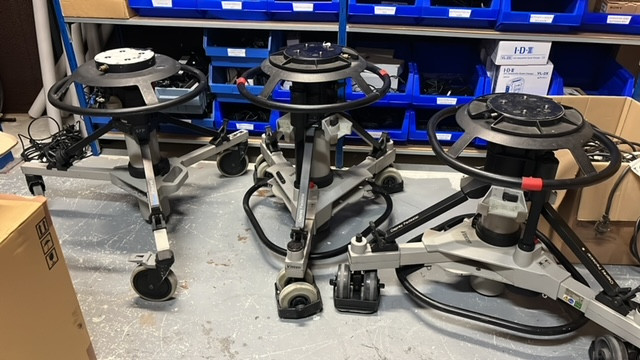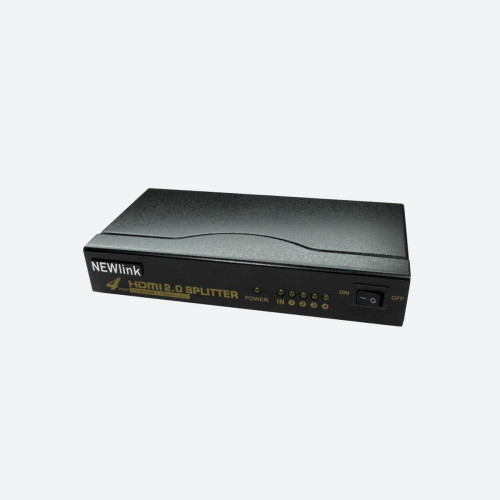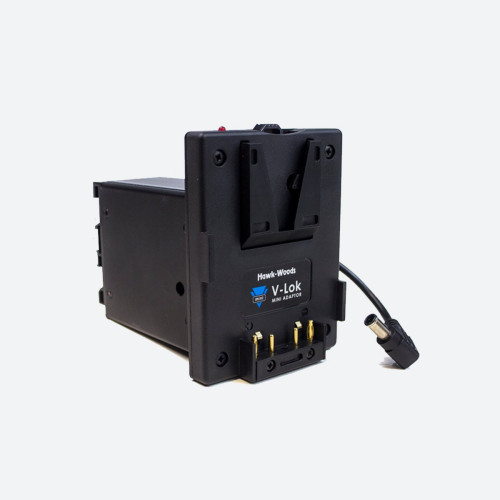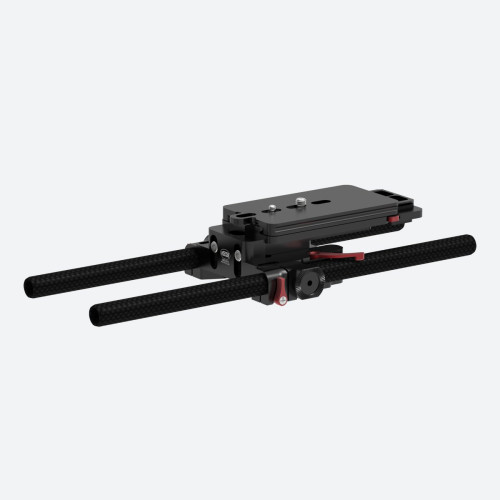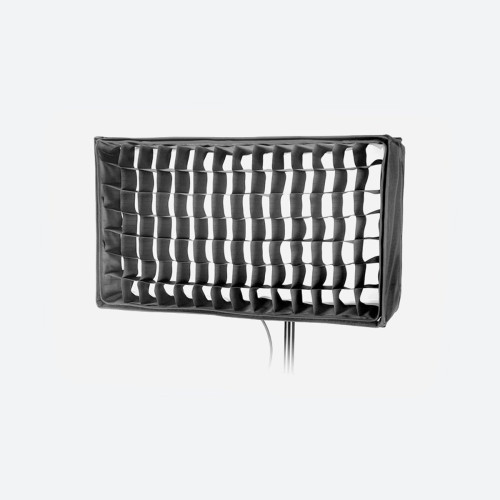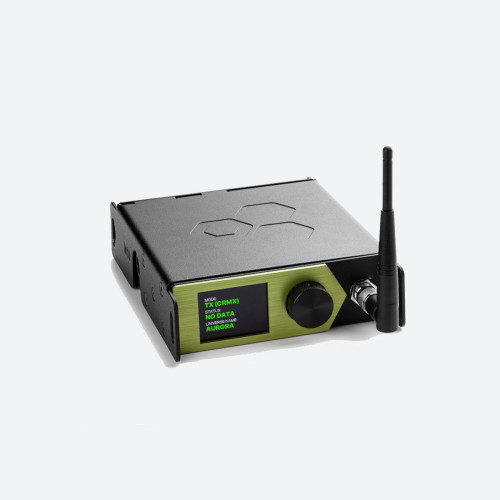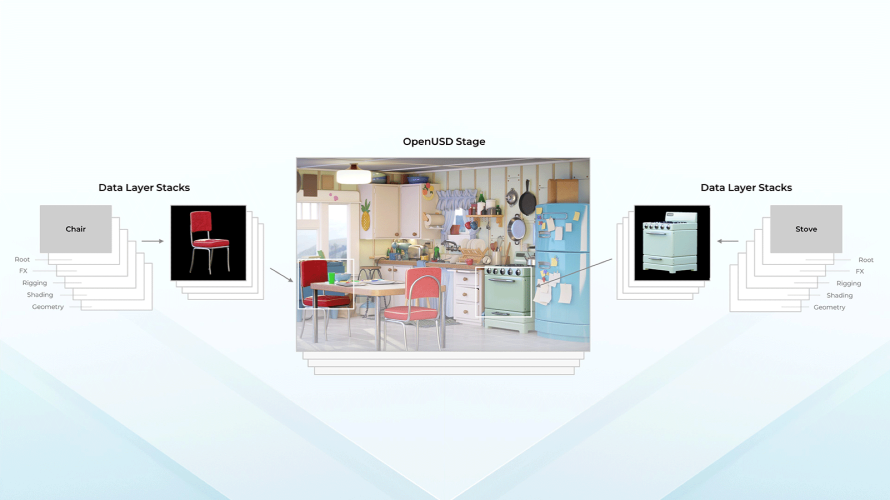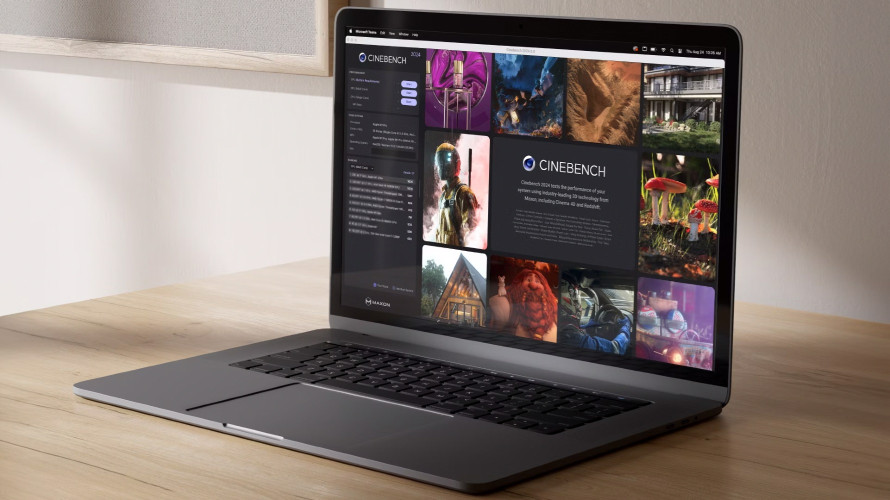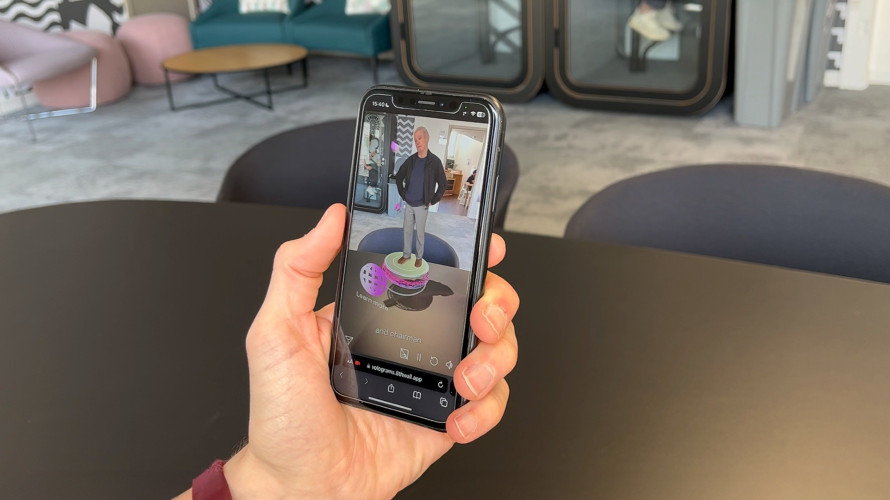The press coverage of all angles of 3D continues unabated but the subjects are changing away from the technology and more towards the commercial aspects and how 3D should be shot. With some people saying there’s no extra money above an HD budget to make 3D, there’s a money problem. For a start there’s twice as many cameras and more people, specifically a stereographer and convergence pullers on the cameras.
But that’s not the whole story. There’s a lot of 3D chatter pointing out that the production teams need more 3D education. That message is clearly getting through. For example, the Guild of Television Cameramen’s 3D workshop, “3D - the Emerging Picture”, originally planned for one single-day event at Sony's 3D Experience facility in Basingstoke has, due to demand, been expanded to three events. One of the many things the attendees will probably learn is that 3D shoots require far fewer cameras. This is related to sport, typically big-match football where just five 3D cameras are reckoned to be enough. I’m not sure whether that also includes a few fill-in 2D cameras but that’s still a massive reduction from the common 2D set up and so, maybe, much cheaper to shoot – despite the extra ‘pullers’.
So far, so good but then you have to think about the ninety-nine (give or take) percent of the viewers who don’t have 3D sets, and will still expect the full 2D-style 20+ camera production. So, to do justice to both audiences, you should have the full 2D rig and the 3D rig as well – plus two mixers and transmission channels. That means 3D is a pure additional cost, not just a marginal increase on 2D.
No one has really explained to me why fewer cameras are better for 3D but after a visit to our local 3D cinema, I can begin to understand better. It’s all in the mind. As usual the cinema presentation included a main feature as well as commercials, and those too were in 3D. Unfortunately whoever made the commercials didn’t understand what he was doing, or was simply set on making it tough on the audience. The cut rate would have been normal-to-fast for 2D commercials but I could not watch them in 3D. This was not a totally bad experience as it allowed me to understand why 3D must have a slow cut rate, and so, perhaps, why fewer cameras are needed at the footy. For me, the problem with quick cuts is that my brain spent all the time tying to work out the depth of objects and, before I’ve finished, it cut to another shot, and so on. The result is a permanent brain overload (headache) with resulting confusion and disappointment.
A longer period between cuts allows viewers time to be comfortable with the 3D and enjoy the scene. Fewer cuts lead to fewer camera angles and cameras themselves. But it’s not unknown to use short 2D shots cut between longer 3D shots. And that might help out those who want fast cuts in the 3D production.
It seems that lower camera positions are preferred and this must be something to do with the way we see 3D. At a lower level there would usually be more objects obscuring one another, emphasising the depth of the images, than would be the case with a higher angle. So, although it means viewers may see a bit less of the action, the perception of depth is enhanced. But placing cameras lower means they will take up the more expensive ‘rig-side’ seating space than at the higher/ further back positions, so keeping the rig size to a minimum for such positions would be a good idea.
With the changes for 3D camera quantity and positions, it makes me wonder if a monocular version of a 3D original may, after all, be acceptable for the 2D viewer. The pictures are widescreen and in HD so giving viewers more time to look around the picture is a good idea. Or there may be a middle road where the main cameras are 3D and are on-air nearly all the time, but 2D is used for quick cuts and short duration close-ups. This might just be a way to please both 2D and 3D audiences with one set of cameras and, possibly, one cut. Certainly finding a way to greatly reduce the premium price of 3D production over 2D-only would be a big step forward and mixing it with 2D might be the key.
Now that 3DTV is out of its honeymoon and into a period of close scrutiny it was encouraging to see news of a report made on behalf of ESPN during the World Cup football. This found that viewers registered increased enjoyment, from 65 to 70 percent, and ‘presence’ up from 42 to 69 percent. Also 3D viewers were better able to recall details from advertisements. So there really is hope for a 3D dividend, but as yet, only few viewers experience it. However, according to the US Consumer Electronics Association 655,000 3DTV sets have been shipped in the country to the end of September. There are predictions that the total will hit 1 million by the end of this year. That represents a small percentage of viewers for the country, but a start.




